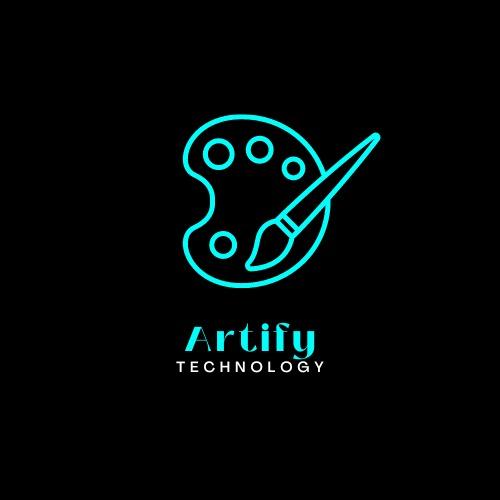Artify - Decentralized Art Marketplace
Artify is an innovative decentralized platform designed to transform the digital art marketplace by leveraging cutting-edge blockchain technologies. 🚀 It offers artists a unique opportunity to re
Created on 8th August 2024
•
Artify - Decentralized Art Marketplace
Artify is an innovative decentralized platform designed to transform the digital art marketplace by leveraging cutting-edge blockchain technologies. 🚀 It offers artists a unique opportunity to re
The problem Artify - Decentralized Art Marketplace solves
The Problem Artify Solves
In the digital art world, artists face challenges like:
-
Centralized Control: 🏛️ Platforms and galleries often control how artists distribute and monetize their work, leading to high fees and limited creative freedom. 🎨
-
Security and Ownership: 🔒 Digital artists struggle to protect their work from unauthorized use, piracy, and copying, making it hard to maintain ownership and prove authenticity. 🖼️
-
High Transaction Costs: 💸 Existing platforms involve high transaction fees, making it less profitable for artists, especially those with lower-priced pieces. 🎟️
-
Lack of Global Access: 🌍 Geographical and financial barriers limit access to global art markets, making it difficult for artists to reach a worldwide audience. ✈️
How Artify Solves These Problems
-
Decentralized Control: 🛠️ Artify empowers artists to maintain full control over their work. Using blockchain technology, they can sell their creations as NFTs without intermediaries, ensuring they retain most of their earnings. 💰
-
Secure Ownership and Provenance: 📜 Artify mints each artwork as an NFT, a unique digital asset proving ownership and authenticity. These NFTs are stored on the Ethereum blockchain, providing a secure, immutable record of provenance. 🛡️
-
Lower Transaction Costs: 🪙 By using the Polygon network, Artify reduces transaction fees, making it cost-effective for artists and buyers, especially for smaller transactions. 🤑
-
Global Reach: 🌐 Artify is accessible to anyone with an internet connection, allowing artists to reach a global audience without traditional gallery limitations. 🌏
Challenges I ran into
1. Integrating Multiple Blockchains: 🛠️ Integrating Ethereum, Polygon, and Filecoin into a single platform was complex due to each blockchain’s unique architecture. Ensuring smooth interoperability required extensive testing and debugging with Hardhat to resolve compatibility issues early on. 🔗
2. High Gas Fees on Ethereum: 💸 Ethereum’s high gas fees made deploying and testing smart contracts expensive. We addressed this by using the Polygon network for most transactions and testing, which significantly reduced costs. Additionally, we optimized our Solidity code to make the contracts more gas-efficient. 🪙
3. Decentralized Storage Integration: 📦 Storing large digital art files on the blockchain was impractical, so we integrated IPFS and Filecoin. Ensuring reliable and efficient file storage and retrieval without compromising performance was a challenge. We implemented a hybrid solution where metadata is stored on-chain while the content is stored on IPFS/Filecoin, ensuring that links between the blockchain and storage remained intact. 🔗
4. Ensuring Security and Ownership: 🛡️ Protecting artists’ ownership rights and securing NFTs against tampering was crucial. Implementing access controls and securing smart contracts was challenging. We used OpenZeppelin’s audited libraries and conducted multiple testing rounds to identify and fix security gaps. 🔍
5. User Experience and Onboarding: 🖥️ Simplifying the user experience, especially for Web3 newcomers, was essential. The complexities of setting up wallets and interacting with decentralized apps can be overwhelming. We focused on intuitive UI/UX design, integrated Web3.js for seamless interactions, and provided clear instructions and tutorials to guide users. 🎨
Tracks Applied (2)
Polygon Track
Polygon
Ethereum Track
ETHIndia
Cheer Project
Cheering for a project means supporting a project you like with as little as 0.0025 ETH. Right now, you can Cheer using ETH on Arbitrum, Optimism and Base.
